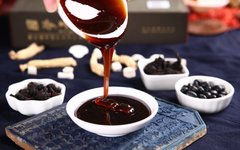
 Gao Fang, also known as “Jian Gao” or “Gao Zi”, is a semi-fluid dosage form made by repeatedly decocting traditional Chinese medicinal herbs, extracting the juice, and then concentrating it through evaporation, often with the addition of sugar or honey. It is one of the eight common forms of traditional Chinese medicine (TCM) including pills, powders, pastes, elixirs, soups, wines, tinctures, and tablets. Gao Fang can be used for both treating diseases and for health maintenance, making it one of the oldest forms of prescriptions, widely applied in various clinical departments such as internal medicine, surgery, gynecology, and pediatrics. Due to its convenience and significant efficacy, it is highly popular.
Gao Fang, also known as “Jian Gao” or “Gao Zi”, is a semi-fluid dosage form made by repeatedly decocting traditional Chinese medicinal herbs, extracting the juice, and then concentrating it through evaporation, often with the addition of sugar or honey. It is one of the eight common forms of traditional Chinese medicine (TCM) including pills, powders, pastes, elixirs, soups, wines, tinctures, and tablets. Gao Fang can be used for both treating diseases and for health maintenance, making it one of the oldest forms of prescriptions, widely applied in various clinical departments such as internal medicine, surgery, gynecology, and pediatrics. Due to its convenience and significant efficacy, it is highly popular.
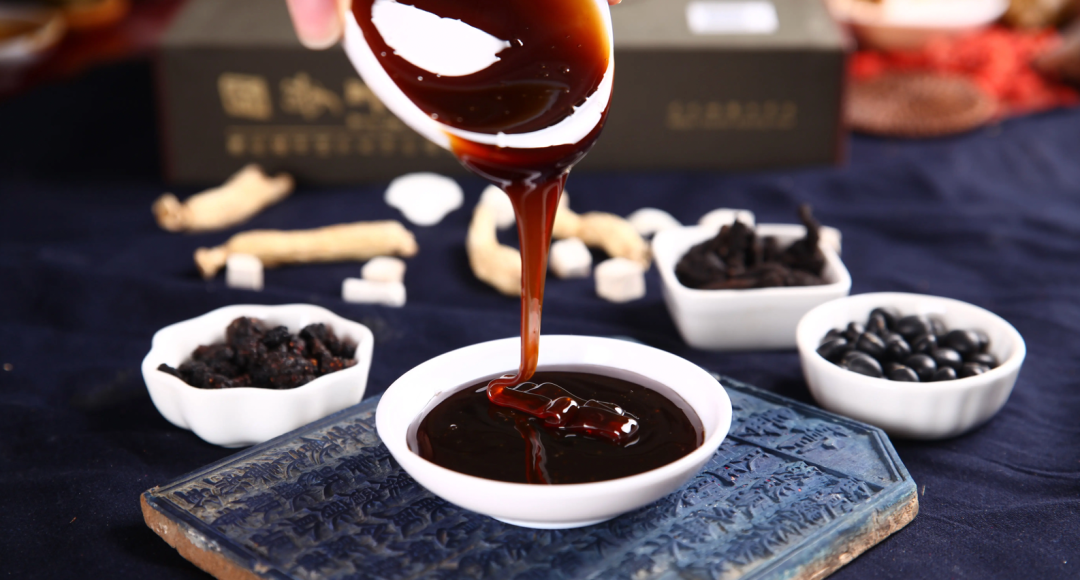

History of Gao Fang

The history of Gao Fang is long and profound, originating from the Han and Tang dynasties, and becoming more refined and mature during the Ming and Qing dynasties. As early as the Warring States and Qin-Han periods, the “Huangdi Neijing” (Yellow Emperor’s Inner Canon) discussed the preparation and clinical application of pastes. During the Tang and Song dynasties, there were further advancements in the methods of preparation and usage of Gao Fang. In modern times, the application of Gao Fang has become increasingly diverse, building upon the experiences of predecessors to form the “Gao Zi Yao” (pastes with multiple ingredients for tonifying deficiency and treating diseases).
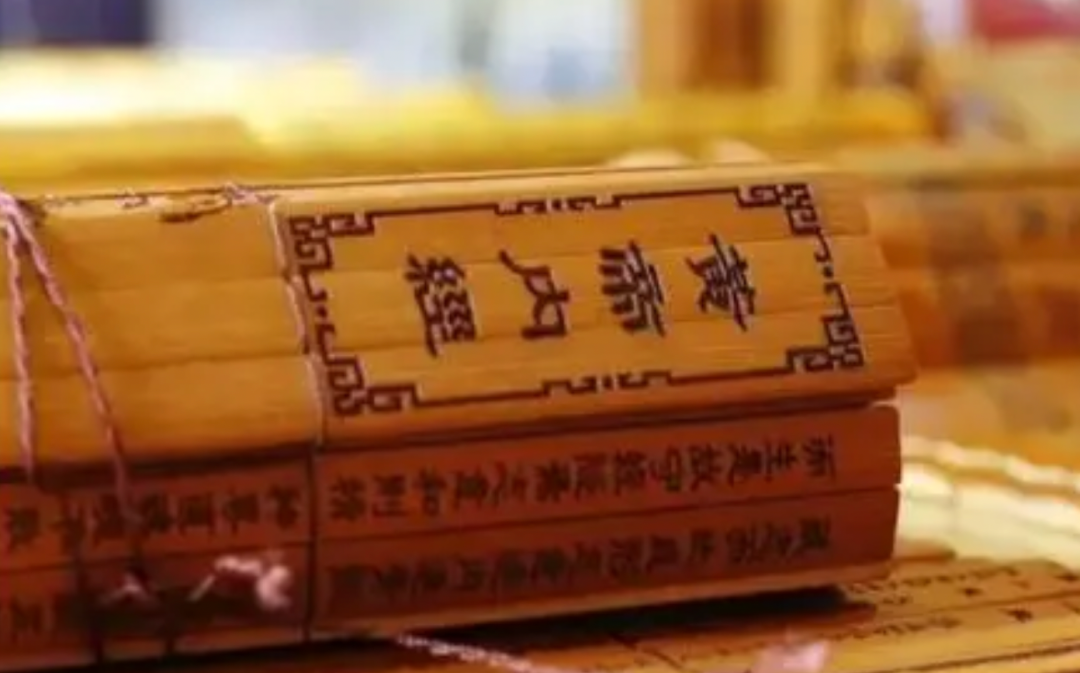


Principles for Formulating Gao Fang

“Yin Ping Yang Mi, Yi Heng Wei Bu” (Balance of Yin and Yang is the basis for health). TCM believes that human life activities are based on the balance of Yin, Yang, organs, and Qi and blood. When Yin and Yang, organs, and Qi and blood are balanced, health is maintained, and longevity is achieved. Therefore, the “Suwen: Shengqi Tongtian Lun” states: “When Yin is balanced and Yang is hidden, the spirit is treated.”
According to TCM theory, the occurrence of diseases is due to the imbalance of Yin and Yang, leading to either excess or deficiency. Therefore, using the inherent properties of medicinal substances to correct the imbalance of Yin, Yang, Qi, and blood in the body is fundamental to TCM health preservation and disease treatment, and is also the main principle for formulating Gao Fang.



Characteristics and Applicable Population of Gao Fang
Gao Fang has two main characteristics: tonifying deficiency and treating diseases. Gao Fang can tonify deficiency, thus enhancing the disease resistance and immune function of individuals with weak constitutions. “When the righteous Qi is preserved, evil cannot invade”; therefore, taking Gao Fang can treat diseases. Thus, anyone with a weak constitution or chronic diseases, regardless of age or gender, can take Gao Fang.
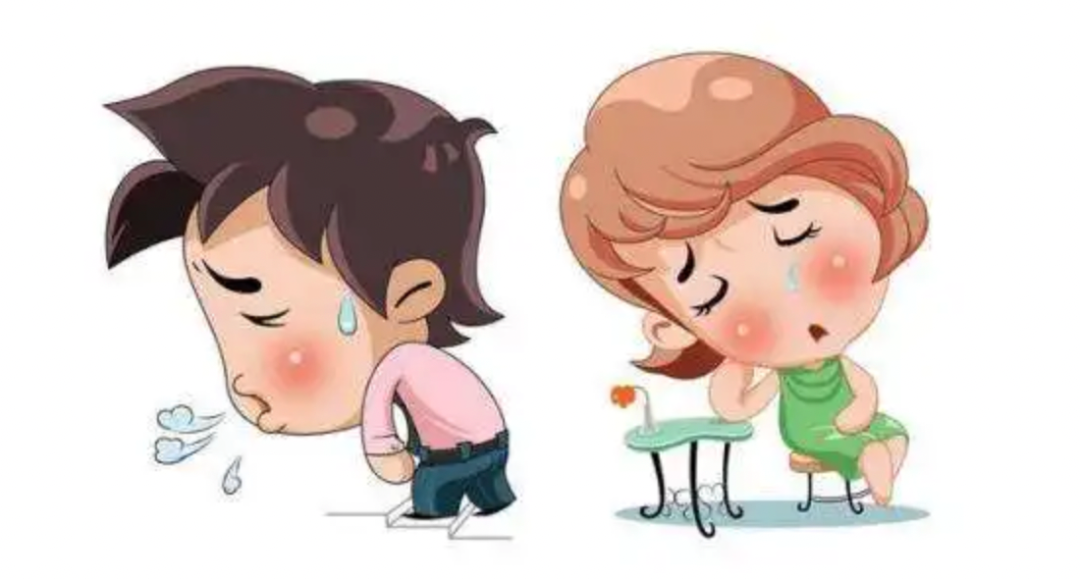

Although Gao Zi medicine is suitable for a wide range of people, it is not suitable for patients with acute diseases or for those who are in good health.

Sources of Gao Fang Prescriptions

Essentially, Gao Fang is derived from decocted herbal soups. Therefore, generally speaking, any formula that can be made into a soup can also be prepared as a Gao Fang.
Thus, any clinically effective herbal soup can be concentrated into a Gao Fang after the symptoms stabilize. It is best to consult a physician for proper diagnosis and prescription for making Gao Fang.

Gao Fang practitioners conduct detailed inquiries into medical history and perform pattern differentiation analysis. They may also use preliminary medicinal substances for exploratory tonification, observing the reactions after administration to prepare for the formulation of Gao Zi prescriptions.


Dosage of Gao Fang Ingredients

The number of medicinal ingredients in a prescription generally ranges from 20 to 30, which is about 2 to 3 times that of a soup formula. The dosage for each ingredient is typically between 100 to 200 grams. For example, commonly used herbs like Dang Shen (Codonopsis), Huang Qi (Astragalus), Dang Gui (Angelica), and Bai Shao (White Peony) are usually around 100 to 150 grams; while minerals like Tie Luo (Iron Filings), Ci Shi (Magnetite), Mu Li (Oyster Shell), and Shi Jue Ming (Abalone Shell) require larger amounts, around 300 grams; and smaller dosages like Sha Ren (Amomum) are generally around 50 grams.
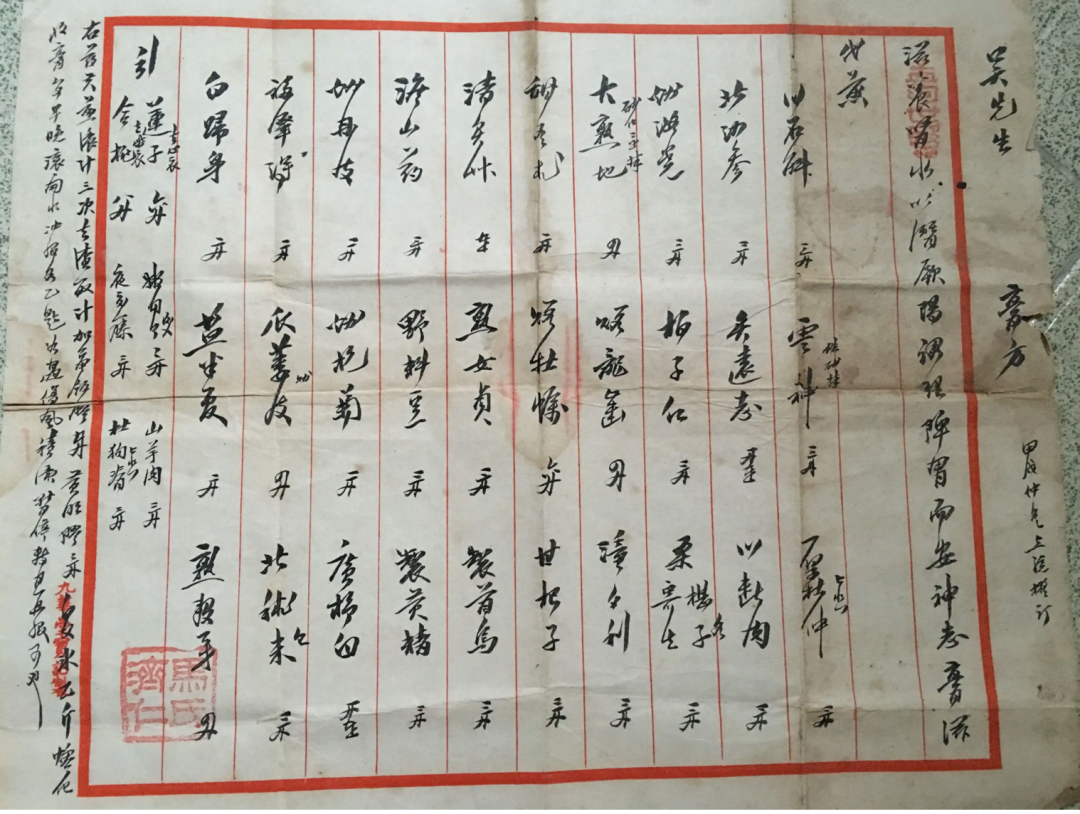


Preparation of Gao Fang


Refining Honey

Purpose of Refining Honey: First, to neutralize and remove its inherent properties; second, to eliminate impurities and moisture, improving quality for preservation.
Method: Melt the honey in a pot, boil to remove the floating foam. When the moisture is nearly evaporated, large bubbles will form, and the honey will turn a dark red color. At this point, add a little water, boil, and filter out impurities for later use. Generally, one pound of honey will yield about eight ounces.
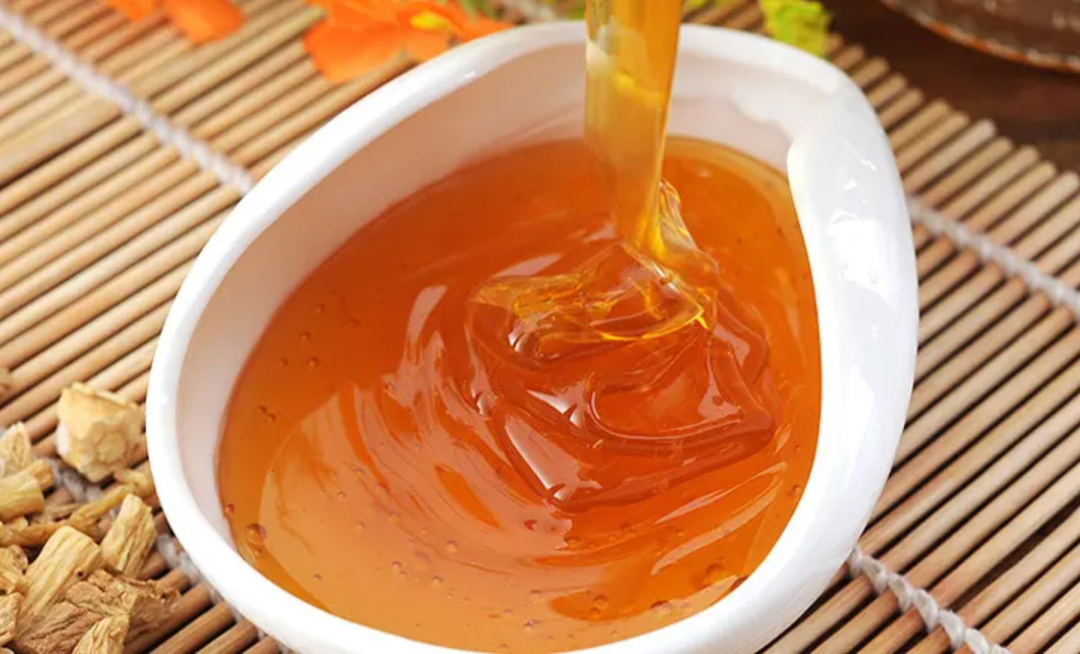


Preparation of Gao Fang

Soaking: Crush the herbs and soak them in water overnight.
Decoction: Continuously decoct the herbs until the flavor is very faint, then combine the decocted juices, let them settle, and filter out impurities.
Concentration and Collection of Paste: Place the herbal juice in a pot, boil vigorously to concentrate, removing foam as needed. Once the juice thickens, switch to low heat to avoid burning, and continue until a drop of the juice does not seep into paper, which is called “Qing Gao” (clear paste).
Adding Gelatin: If the formula includes gelatinous substances like Ejiao (Donkey-hide Gelatin) or Lu Jiao (Deer Antler), grind and melt them, then add to the clear paste. If there are precious or fine powdered medicinal substances, they can also be added and mixed evenly at this time.
Adding Auxiliary Ingredients: According to taste, add an appropriate amount of the previously prepared honey or sugar, stir-fry until yellow, add a little water to dissolve, filter out impurities, and then combine with the clear paste. Continue to concentrate over low heat until it can form beads when dripped, then cool and store in a sealed glass jar in the refrigerator.
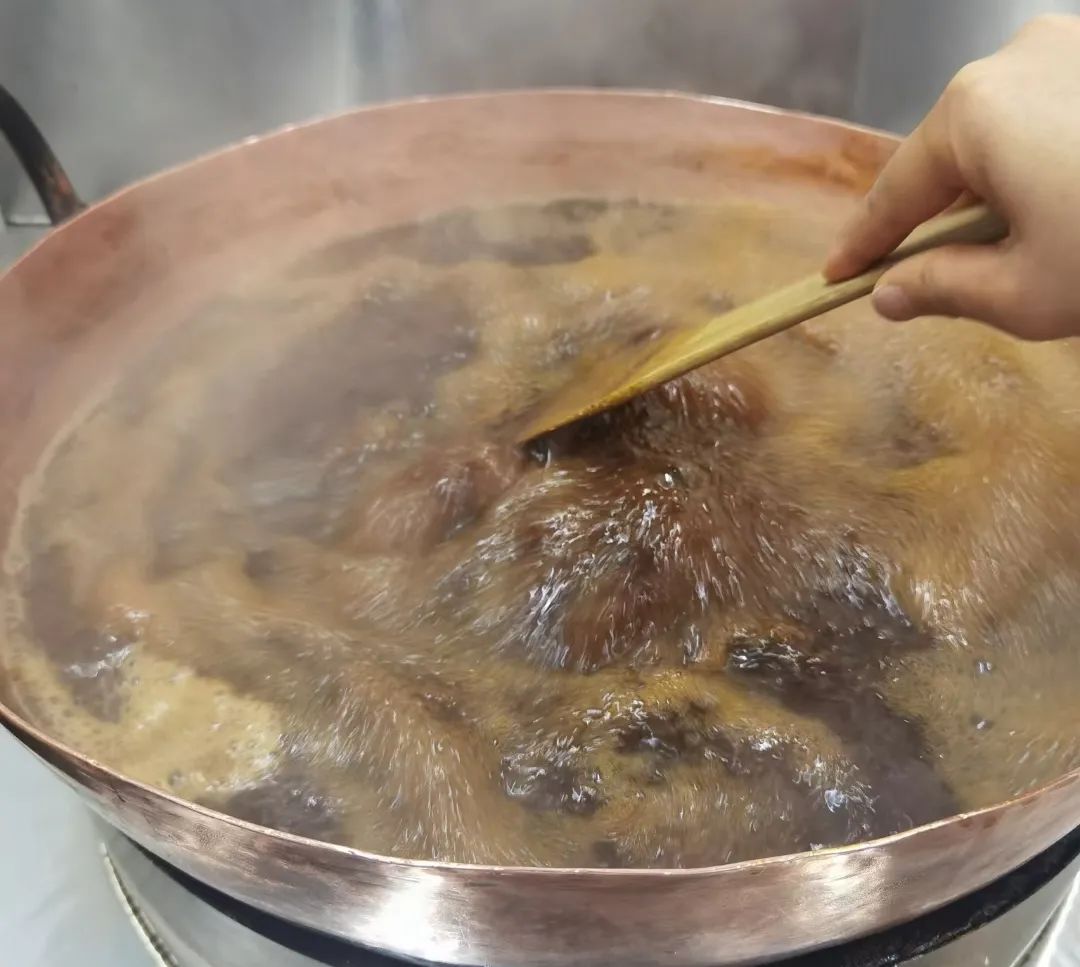
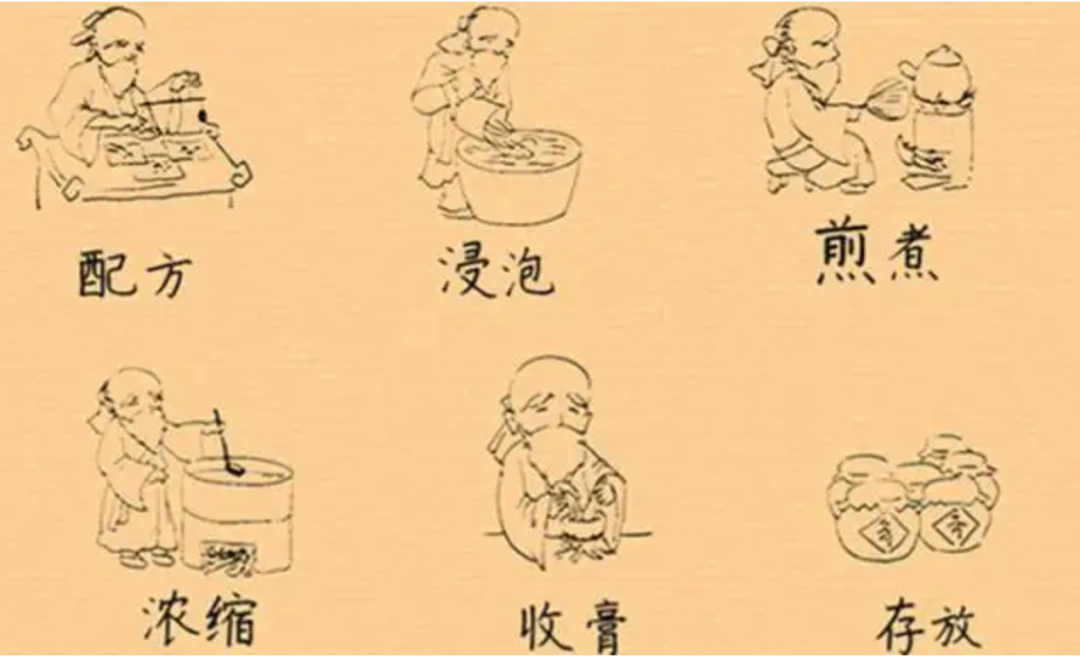


Methods of Taking Gao Fang

 Oral Administration
Oral Administration
Take an appropriate amount of Gao Zi, place it in a cup, pour in boiling water, stir to dissolve, and consume. Depending on the condition, warm yellow wine can also be used for administration.
 Holding and Dissolving
Holding and Dissolving
Also known as “Sublingual Administration”. Hold the Gao Zi in the mouth, allowing it to dissolve slowly and exert its medicinal effect, such as in the case of using Qing Guo Gao (Green Fruit Paste) for treating chronic pharyngitis.
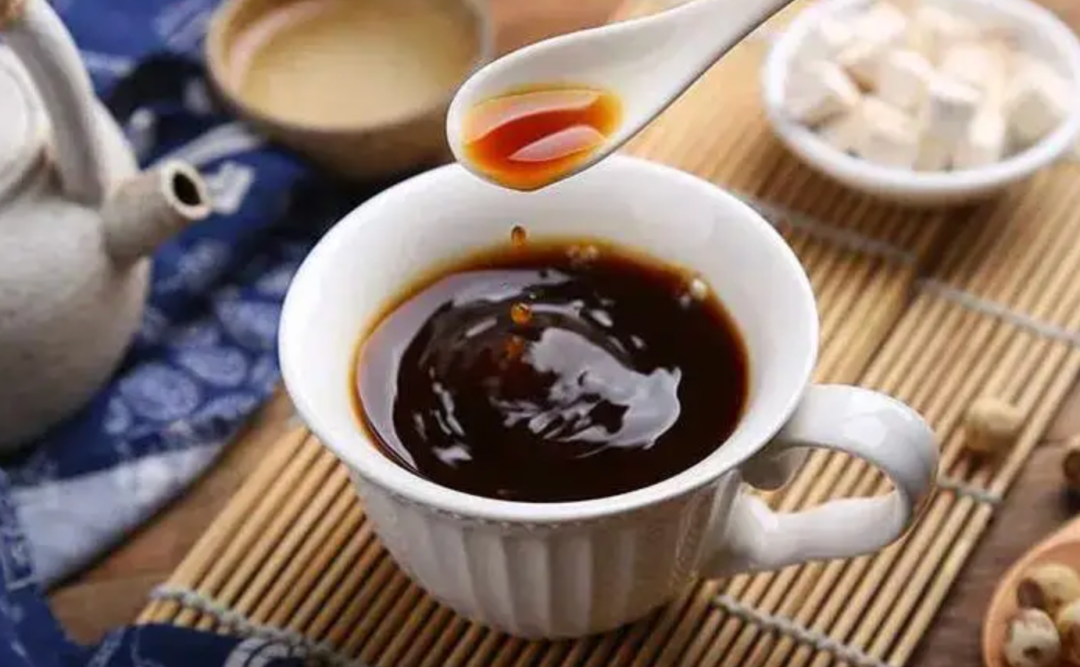

Timing for Taking Gao Fang

 On an Empty Stomach
On an Empty Stomach
The advantage is that it allows the medicine to quickly enter the intestines and maintain a high concentration for rapid efficacy. Tonifying and nourishing medicines should be taken on an empty stomach.
 Before Meals
Before Meals
Generally taken 30 to 60 minutes before meals. For conditions in the lower jiao, to ensure the medicinal effect reaches quickly, it is advisable to take it before meals.
 After Meals
After Meals
Generally taken 15 to 30 minutes after meals. For conditions in the upper jiao, to allow the medicinal effect to linger longer in the upper jiao, it is advisable to take it after meals.
 Before Sleep
Before Sleep
Generally taken 15 to 30 minutes before sleep. Medicines that tonify the heart and spleen, calm the spirit, and promote sleep should be taken before sleep.

Storage Methods for Gao Fang

The storage method for Gao Zi is crucial. If not stored properly, it may mold and become unusable.
Gao Zi should be stored in ceramic jars (pots, bowls) or enamel pots, but aluminum or iron pots should not be used as containers.
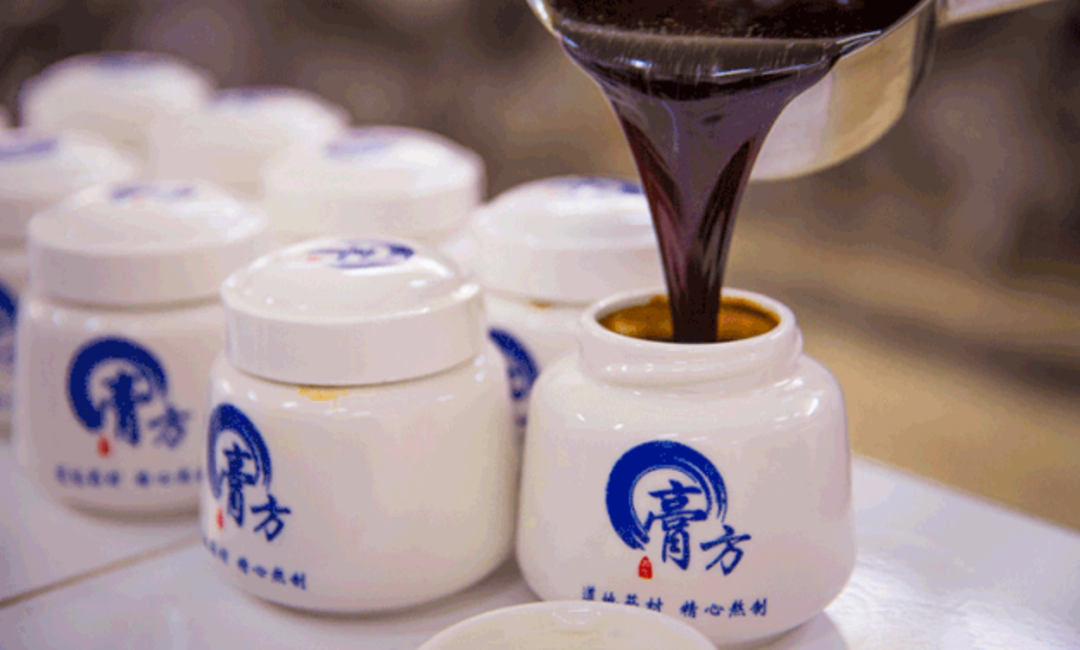
Since Gao Zi is taken over a long period, it should be kept in a cool place. If possible, storing it in the refrigerator is even better to prevent spoilage.
When taking Gao Zi daily, do not use a different spoon each time to avoid introducing moisture into the jar, which can promote mold growth. Instead, keep a fixed spoon in the jar.


